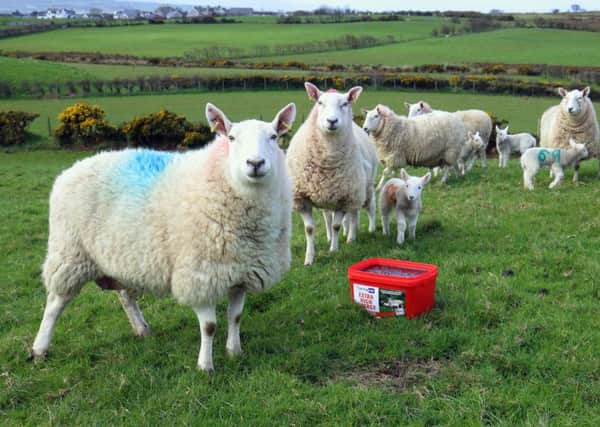Controlling dogs '“ livestock worrying


It is a hugely traumatic situation for the livestock, the farmer and often the family too. Unfortunately these incidents can result in livestock fatalities, injury or abortions in breeding females.
This will ultimately be a costly affair for the farms affected and the full extent of this was covered in a report published in November 2017 by an All Party Parliamentary Group for Animal Welfare showing that dog attacks on livestock cost the UK farming sector £1.3m in 2016.
Advertisement
Advertisement
Disappointingly this has been a growing problem over the last number of years and thus the Union has had to stress to local authorities that firmer action and quicker response times are needed in dealing with these issues. There is also a need for dog owners to be responsible and keep their dogs on a lead when in rural areas.
In the unfortunate circumstances where a dog has managed to get out of control and enter farmland, landowners do need to be conscious of their legal obligations in managing the situation. Taking the wrong option could see the landowner end up in more trouble than the owner of the dog.
Where a dog is found straying on farm land but has not attacked any livestock it is important to report it to the dog warden present in the local council. A good description of the dog; the time and date of its whereabouts; if it has been caught; and if possible the origin of the dog should be recorded with the dog warden for further investigation. Farmers would be prudent to keep a record of their correspondence with the dog warden if further investigation is required. Dog owners who allow their dogs to stray can be fined by the dog warden.
In more difficult circumstances it may be necessary for farmers to protect their livestock and take firm action. Within the Dogs (Northern Ireland) Order 1983 there is provision which provides a defence to legal proceedings from a dog owner for the shooting of a dog. This defence will only apply where:
Advertisement
Advertisement
1. The dog is worrying or is about to worry livestock and there is no other reasonable means of ending or preventing the worrying; or
2. The dog that had been worrying livestock, had not left the vicinity and was not in the charge of any person and there were no practicable means of ascertaining to whom the dog belonged.
If a farmer deems it necessary to control a dog by shooting it there are two further conditions which are essential in order to use the defence within the legislation:
1. That the land occupied by the livestock is controlled by the farmer or that the marksman is acting on behalf of the livestock or land owner.
Advertisement
Advertisement
2. That within 48 hours of the shooting of the dog, notice is given to the PSNI. Make sure to record an incident report number.
Again it would be prudent for the farmer to record as much information as possible about the circumstances and ensure to report the incident to the dog warden in the local council. Keeping accurate records will help to assist with further investigations and any claims which may proceed against the dog owner.